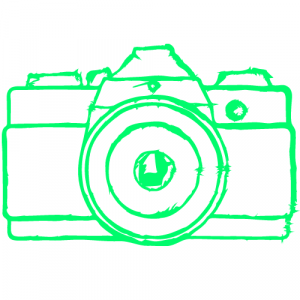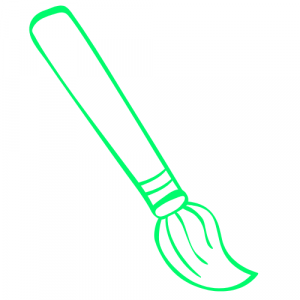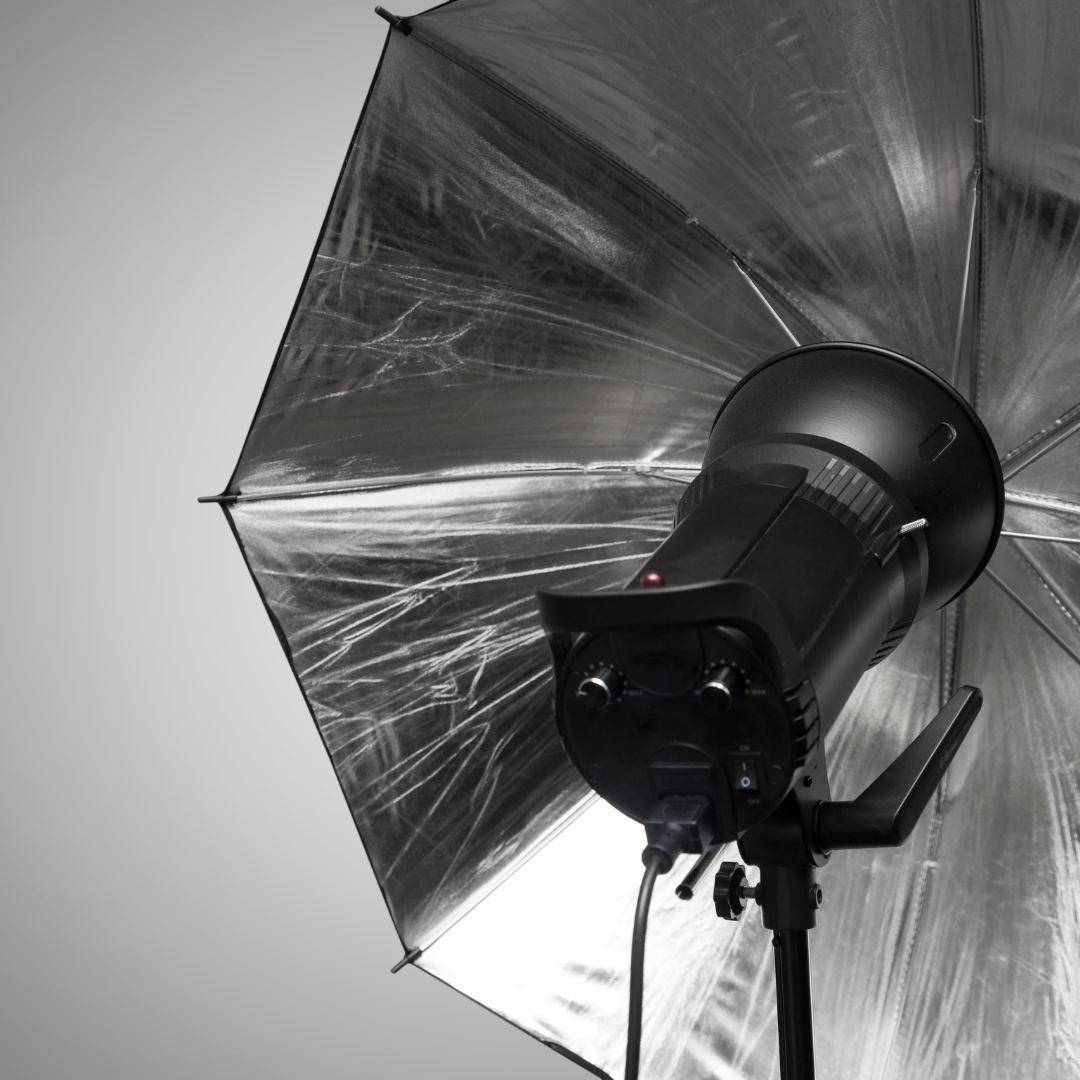When looking to improve your photography results you will think about the camera spec and then its accessories. In the case of the camera, you will ask the question, how many megapixels is good for a camera? Always look for one that will do your photography skills justice. With the equipment, we need to think about how it enhances the abilities of the camera that we choose. Perhaps our new camera can eliminate some of the necessity for lots of additional equipment because of its advanced features, not to mention its many megapixels to bring everything clearer? Assuming it cannot entirely, this article will explore the reflector as a device that helps both amateur and professional photographers make the most out of their cameras.
You don’t need any fancy lighting equipment when you take a portrait. All you need is a reflector and plenty of light. A reflector is a specialized device that resembles an umbrella. When you place it in a room that has plenty of light, such as a morning room, it will diffuse the light that hits the scene by bouncing it off its shiny surface, creating an even light source. The nice thing is, a reflector is cheap and compact, so it’s easy to take along with you on your next photoshoot. Here is a little tutorial on how to use a reflector to improve your portraits.
It’s useful to think of photography as a series of choices and decisions. When you’re taking pictures, you need to decide what to photograph and how to frame it. That’s a bit different from how you would frame a painting or a drawing. Nowadays, most photographers tend to create specialized studio setups based on the type of portraits that include pre-wedding shoots, candids, and Business Headshots. In the field of photography, you may need to consider the objective behind taking that photograph. On the one hand, you’re free to place the subject anywhere you choose, but on the other, you’re forced to choose the “correct” size for the frame, or you won’t have a picture at all.
What is a Reflector?
Reflections of light are a defining feature of photography. Whether you’re shooting in the studio or capturing light on a sunny day out in the field, these reflections are a significant part of what makes photography fun. The quality of your images will depend on how well you can control the reflections in your camera moves and how you use your reflectors to get the desired effect. You can take a look at the portfolio of any well-known event photographers, or a wedding photographer (like Naba Zabih Photography), and you will see how beautifully they make use of the natural light available even if it is not always enough. Reflectors make for a great photography tool that many professionals use for their work.
Reflections of light are a defining feature of photography. Whether you’re shooting in the studio or capturing light on a sunny day out in the field, these reflections are a significant part of what makes photography fun. The quality of your images will depend on how well you can control the reflections in your camera moves and how you use your reflectors to get the desired effect.
How to Use a Reflector to Improve Your Portrait Photos
- Use the reflector directly to the opposite of the light source
If you’ve ever heard of a reflector, you’ve likely heard some kind of word that is too vague to be useful, too confusing to be useful, or just not helpful. A reflector is a word that falls into that last category. There are many distinct types of reflective materials, and not all of them are created equally. The thing is, when you reflect light, you’re reflecting light from a single position, with the same angle and direction. In other words, you are capturing light from a single point, and everything else is being blocked.
- Use it for different angles
The reason why different light sources and angles can produce such different looks is a topic that is still being debated. Lenses are usually coated with a filter that affects the colors and tones in a photo. However, the effect can be intensified by connecting three types of light sources: the main light and two secondary sources, like two flashes on top of your camera.
- Distance is also important
If you have ever seen the photographs in a sunset make-up tutorial, you may have noticed how the photographer by the beach appears to be glowing. It is not because of the light but instead because of the camera lens’s mirror effect.
- Make use of the reflector to fill the shadows
To get interesting goals, one must first know what a reflector is. A reflector is an object that is placed on its side and casts a light on an object to be illuminated. They are often used in photography to fill in shadows, especially when the light source is not very bright. Reflectors are one of the most used tools in my photography bag. I use them to fill in shadows on my subjects and soften the blown-out highlights. A reflector is a flat piece of glass or a small piece of metal that can be used in photography. They come in many shapes, sizes, and colours. They may be utilized to reflect light on any object but are most effective when blocking light and filling in shadows.
When it comes to photography, there is not a single magic product that can make you a professional, but there are many products out there that can make you a decent photographer. A reflector is one of them. It is a very simple product, and it can be used in various ways to enhance your photography. All you need to do is buy a reflector, and you will be able to use it in all of your photography.
It is good to know that we can aid the activities of a camera but there can be no substitute for having a good camera in the first place. One with a lot of megapixels is a good sign that you have a quality camera that will serve you well on assignments or as a hobbyist.



